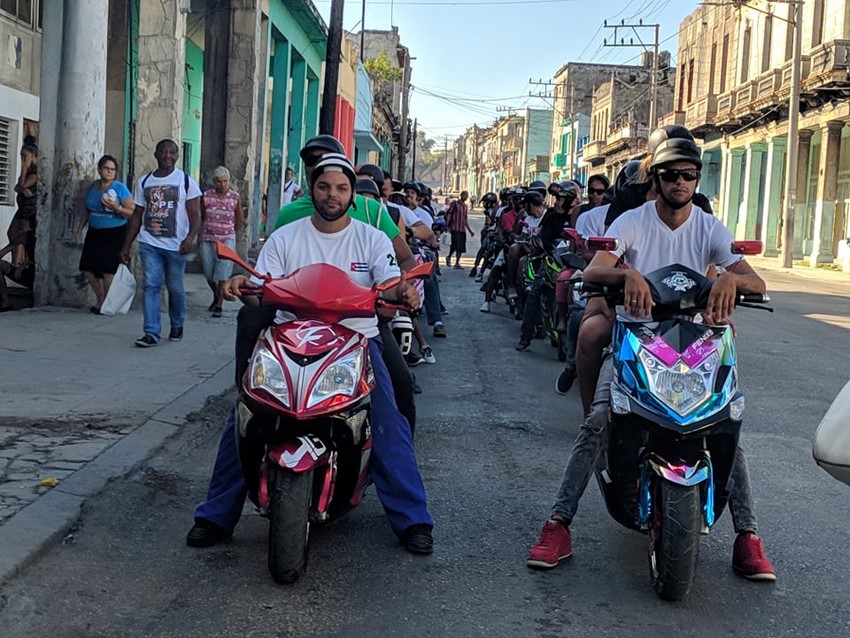Cuban authorities believe it is time to complete the “legality” for the circulation of the popular “motorinas,” small electric vehicles proliferating on the island’s roads and highways to save energy during difficult economic times.
Two years ago, the Cuban state decided further to promote the use of these vehicles in the country to support the “transition” to means of transportation that consume renewable energy sources.
The National Revolutionary Police stressed that it estimates that about one million of these vehicles will soon have a driver’s license, known as a “chapa” on the island.
“Yes, I will comply with this requirement. I have to pay the tax for my motorcycle, but I can’t live without it,” René Sánchez, a 50-year-old clerk in a Havana market, told ANSA.

“My son, who is studying at the university, has a smaller one, but I think he will also have to get the license plate,” he added.
Commenting on the visible increase of these very light vehicles on Havana’s streets and avenues, Sánchez said that “many people like me shun the guaguas,” or buses. “There are few of them, and you have to wait a long time to get them,” he explained.
His Vietnamese “motorcycle,” on the other hand, “wastes little, breaks little and performs a lot,” he pointed out in good “Cuban.” He said that he and his son were “helped” to buy it by a relative they have abroad.
In October 2020, the island’s state press reported that the first 420 of the 1,260 electric motorcycles that Cuba had ordered from the Vietnamese company PEGA had arrived in the country “for sale.”
The announcement then explained where and how to buy them.
He added that the official price of the electric motorcycle at that time was US$999, with a weight of only 94 kilograms (kg), a load capacity of 224 kg, a front disc brake, and a rear band brake.
“The PEGA XMEN has three speeds, a top speed of 47 kilometers per hour and a maximum range of 50 kilometers. The battery is a gel battery, the charger automatically shuts off when it is charged, and it takes six to eight hours to charge,” he added.
“It has the same performance characteristics as the Rally and the same price as the Minerva, which is made domestically, and it also has an alarm and a digital display,” he said.
In the past two years, so-called social indiscrimination has led to the sale and resale of vehicles that did not require license plates.
According to Sanchez, there have also been vehicle thefts and occasional fires due to owners’ misuse of the chargers.
Taking a cue from old movies that probably none of them had seen, such as James Dean’s Rebel Without a Cause, some teenage owners began to hold “races” under the protest of family members, such as a grandmother who forbade her grandson to race because “you’re still busting your head.”
However, these unofficial competitions were unsuccessful because electric scooters and motorcycles can only reach a very low speed.
As for the registration process for mopeds and electric motorcycles, before the pandemic, more than 300,000 of these vehicles were circulating in the country, either sold in national stores or imported, but the number has increased in the last two years as the state promotes them.
Authorities said there is a growing demand for new driver’s licenses, especially for classes A1 (moped) and A (motorcycle).
“Both processes are organized primarily so that they do not inconvenience the population, and for this reason, they are staggered in time, which allows us to ensure adequate attention, and the schedules affected in the years of the pandemic have been rearranged,” said the transport authority.
However, they also clarified that “no motor vehicle can travel without a license plate (NDR license) following Law 109, and therefore its confrontation by police officers is fixed”.

